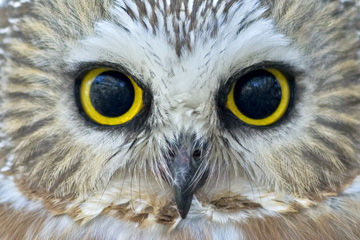1300 Route 73 at the base of the Tacony-Palmyra Bridge, Palmyra, NJ
Phone: (856) 829-1900
www.palmyracove.org
Burlington County Bridge Commission
This is the first site on the trail. From I 295 take exit 36 B for Route 73 North. Proceed for 6.2 miles and turn Right at the last traffic light before the Tacony-Palmyra bridge, which is Souder Street. After two blocks, turn Left onto Temple Boulevard. Turn Right immediately into the toll building parking lot. Drive through the parking lot and continue on a narrow access road, which passes under the base of the bridge and leads to the visitor center. Map
New Jersey Transit Bus Lines No.419 Camden/Route 73/Pennsauken Station/Burlington stops at Market and Broad Streets. Walk a short distance on Tacony-Palmyra Bridge. Walk straight on Market Street for about 6 blocks. Walking distance is less than 1 mile.
Beaver Pond, formerly a sand mine, is reachable via the Cove Trail and a turn off on the Eastern Cottonwood Trail. Trail maps are available on-line or in the visitor center. There is a lodge and beaver activity is usually easy to see, with a bit of patience.
| |
 |
| Northern Saw-whet Owl | Lloyd Spitalnik |
| |
Palmyra Cove Nature Park shows how a neglected dredge spoil area and former leaf dump can be transformed into a natural history destination. The main trails are wide and level, and bird lists and other information are available. There are several habitats to see – successional forest, weedy fields, ponds, and river. Some variety of bird life is around and visible at all times of year. The center has excellent interpretive displays and naturalist-led walks are regularly scheduled.
There is a peregrine falcon nesting box on the bridge, and a web camera shows nest activity on monitors inside the visitor center. The birds are present for most of the year.
Look under the honeysuckle canopies for wintering Saw-whet Owls. Red-shouldered Hawks are commonly observed along the wooded edges. Look for waterfowl on the river, including Great and Double-crested Cormorants, Goldeneye, Bufflehead, Red-breasted Merganser, Common Loon, and others. Yellow-rumped Warblers spend winter in the reed beds. The usual winter birds such as Dark-eyed Juncos and White-throated Sparrows forage in the honeysuckle thickets. There is a good chance of seeing a Bald Eagle.
Migration builds slowly, beginning with waterfowl in March and finishing with warblers in May. This site is an island of green in an otherwise mostly built-up area and is attractive to avian migrants looking for a place to rest. Its location on the river shore is also a factor.
Summer resident birds include Yellow Warbler, Great Crested Flycatcher, Ruby-throated Hummingbird, Indigo Bunting, Common Yellowthroat, Eastern Kingbird and Baltimore Oriole. Summer breeders include: Least Bittern, American Redstart, Black-and-white Warbler, and Bluegray Gnatcatcher. Breezes off the river keep the trails pleasant, even on warm summer days. Peregrine Falcons nest on the nearby Tacony-Palmyra Bridge.
Palmyra Cove has consistently been a fall migration hot spot. In recent years, about 25 species of warbler have been observed, including rarities such as Mourning and Connecticut Warbler. Shorebirds, such as Greater Yellowlegs and Least Sandpiper, turn up on the pond edges and river shores in August.
|